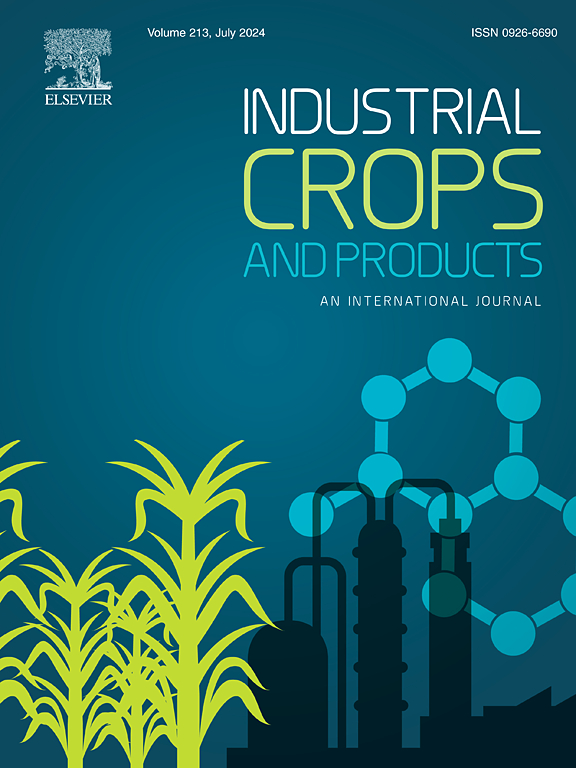Study on the characteristics of three-phase products from the pyrolysis of black tea residue catalyzed by Cu-Co/ZSM-5
IF 5.6
1区 农林科学
Q1 AGRICULTURAL ENGINEERING
引用次数: 0
Abstract
The valorization of biowaste like tea residues through catalytic pyrolysis is critical for advancing circular bioeconomy, yet challenges remain in achieving efficient co-production of high-quality liquid fuels and clean energy gases. For the first time, the catalytic pyrolysis of black tea residue over ZSM-5-supported Cu-Co catalysts was systematically investigated, demonstrating a sustainable approach to simultaneously produce aromatic hydrocarbon-rich liquid oil and methane-enriched hydrogen through an eco-friendly process. Bimetallic Cu-Co catalysts significantly enhanced the quality of pyrolysis products compared to monometallic systems. Catalysts with varying Cu-Co/ZSM-5 ratios were synthesized via impregnation, and their impacts on phase product distribution, elemental migration, and reaction mechanisms were elucidated. Results revealed that Cu-Co synergistically promoted decarboxylation and aromatization, with the Cu/Co ratio of 1:0 catalyst maximizing aromatic hydrocarbon content (71.3 %). The Cu/Co ratio of 2:1 formulation achieved 97 % C₁–C₂₀ compounds in bio-oil, demonstrating superior catalytic activity for hydrocarbon upgrading. At a 1:1 catalyst/biomass ratio, combined H₂ and CH₄ yields peaked at 83 %, representing a 41 % increase over the non-catalyzed control. The Cu-only system exhibited exceptional hydrogen selectivity (65 % yield). This work establishes Cu-Co/ZSM-5 as a dual-functional catalyst enabling concurrent optimization of liquid fuel properties and energy gas output, with 89 % carbon recovery efficiency. By converting tea residues into aromatics-rich oil (32.7 wt%) and methane-enhanced syngas (48.1 wt%), the process achieves 93 % biomass utilization while reducing oxygenated compounds by 67 %. These findings provide a scalable strategy for industrial-scale biorefineries to valorize agricultural wastes, aligning with sustainable development goals for resource circularity and carbon neutrality.
求助全文
约1分钟内获得全文
求助全文
来源期刊

Industrial Crops and Products
农林科学-农业工程
CiteScore
9.50
自引率
8.50%
发文量
1518
审稿时长
43 days
期刊介绍:
Industrial Crops and Products is an International Journal publishing academic and industrial research on industrial (defined as non-food/non-feed) crops and products. Papers concern both crop-oriented and bio-based materials from crops-oriented research, and should be of interest to an international audience, hypothesis driven, and where comparisons are made statistics performed.
 求助内容:
求助内容: 应助结果提醒方式:
应助结果提醒方式:


